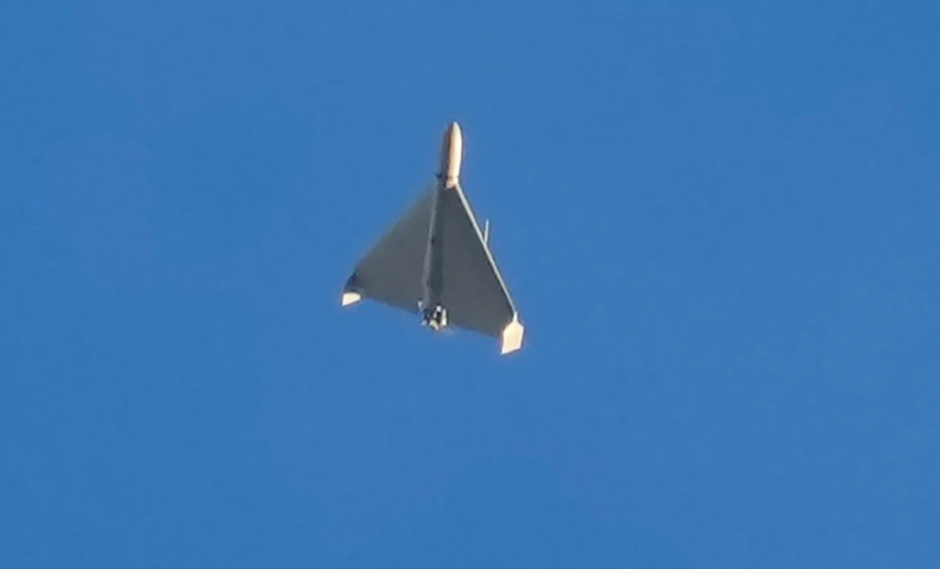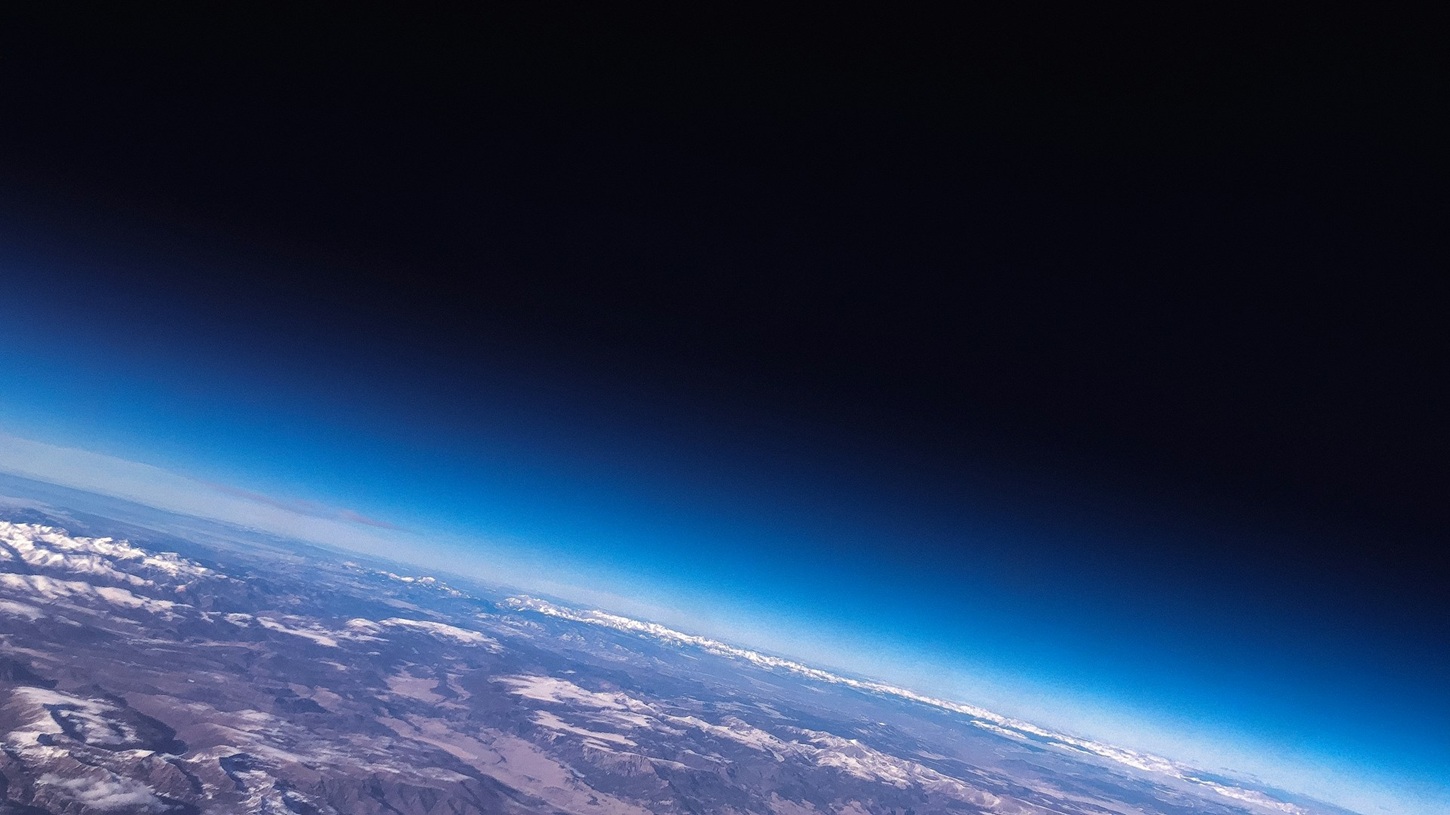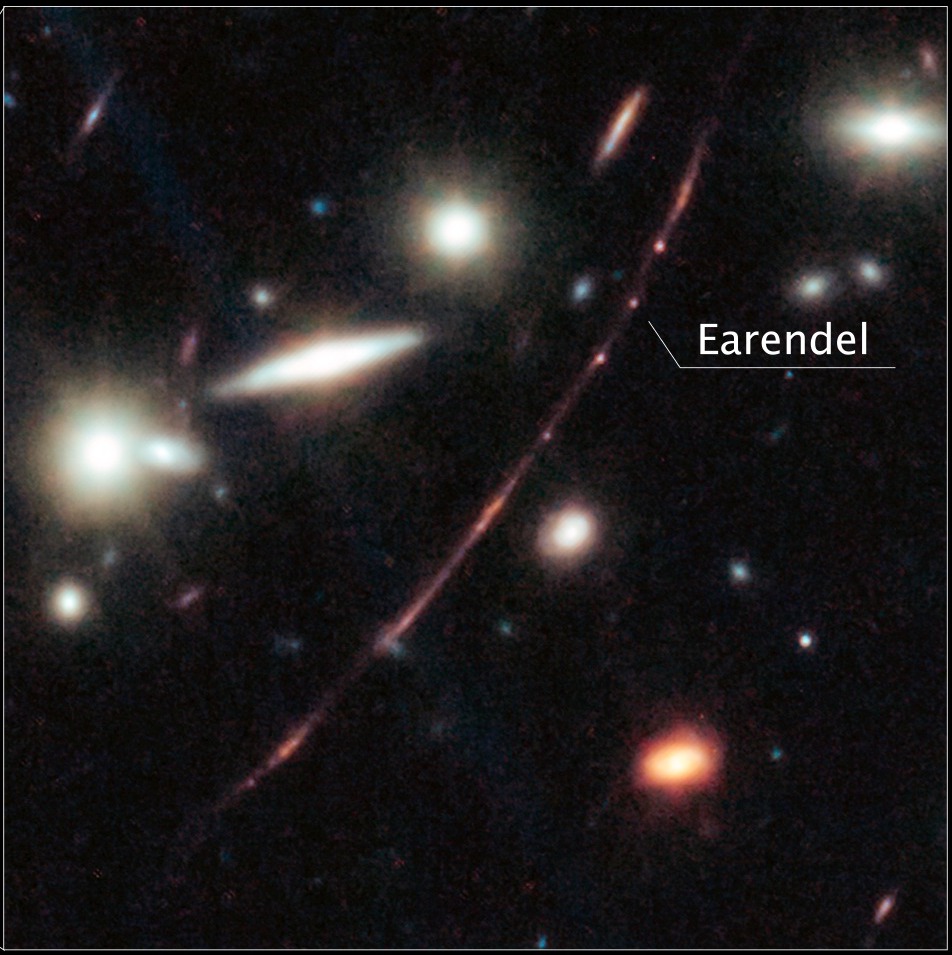Extremely distant stars, which are closest to the Big Bang in time, offer a glimpse into the early chapters of the universe’s history and are therefore of special interest to cosmologists and astrophysicists. In 2022, the Hubble Space Telescope broke its previous record and discovered the oldest known star, Eärendel. Today, the universe is 13.8 billion years old, but when the light from this star that we can observe today started toward us, the universe was not even a billion years old.
However, discovering the star and determining its distance was only the first step. Then came the James Webb Space Telescope. With the help of Webb’s first measurements, astrophysicists determined the celestial body’s spectral class and the type of galaxy hosting it. Recorded Webb spectra of the star and its host galaxy, Sunrise Arc, can also provide additional information about the brightness, temperature and chemical composition of the celestial body.
Through near-infrared spectroscopic measurements of the James Webb NIRCam (Near Infrared Camera), researchers determined that Eärendel is a massive B-type star, with a surface temperature more than twice that of the Sun, and a brightness of up to a million degrees. Times larger than our star.
The galaxy’s name, called the Eastern Sagittarius, suggests that spotting the star requires the help of natural gravitational lensing as well as the most powerful human telescopes. Both Hubble and the James Webb Space Telescope were able to detect Eärendel and its parent galaxy because their light was amplified by a massive foreground galaxy cluster, WHL0137-08, while distorting the image of the parent galaxy into a curve. The effect of gravitational lensing magnified the galaxy 4,000 times and amplified its light along with that of Eärendil to a similar extent. Despite this high magnification, the star itself still appears as a single point of light in space telescope images.
Massive stars like Eärendel often have a companion star. Given the extreme distance, astronomers did not expect that, if there was a companion, it would appear separately next to Eärendel in the James Webb image. But just studying the star’s colors suggests that Eärendel may have a cooler, redder companion orbiting it. Cosmic redshift pushed this light into a wavelength range no longer accessible with Hubble’s instruments, but detectable thanks to James Webb’s infrared sensitivity.
Thanks to the magnification resulting from the effect of gravitational lensing, James Webb is also able to study the structure of the host galaxy, the Sun’s arc, a special opportunity to learn about the conditions of the young universe, which is less than a billion years old. In the Galaxy, in addition to young star formation regions, relatively older and very small star clusters up to 10 light-years in diameter can also be seen. The star-forming region that hosts Eärendel is less than five million years old, while the neighboring double-image star cluster due to the peculiarity of gravitational lensing, a slightly older, already established star cluster, is at least ten million years old. Astronomers determined that it was a gravity-related formation, so it may still exist today. This collection provides a glimpse into what the Milky Way’s globular clusters looked like when they formed 13 billion years ago.
Astronomers are currently analyzing Webb/NIRCam data from Earendel and Sunrise Arc to determine the exact chemical composition and distance between them. Since Eärendel, Hubble has discovered additional ancient stars, albeit slightly less distant ones, using the same method. With James Webb’s measurements, astrophysicists have opened a new window into the young universe, where galaxies were until now the smallest observable formations.
The members of the first generation of stars have not yet been discovered, but astronomers are cautiously confident that, using this method, they will soon find the first star consisting solely of the raw materials created in the Big Bang – only hydrogen and helium. .
source: WebbTelescope.org
comment












































